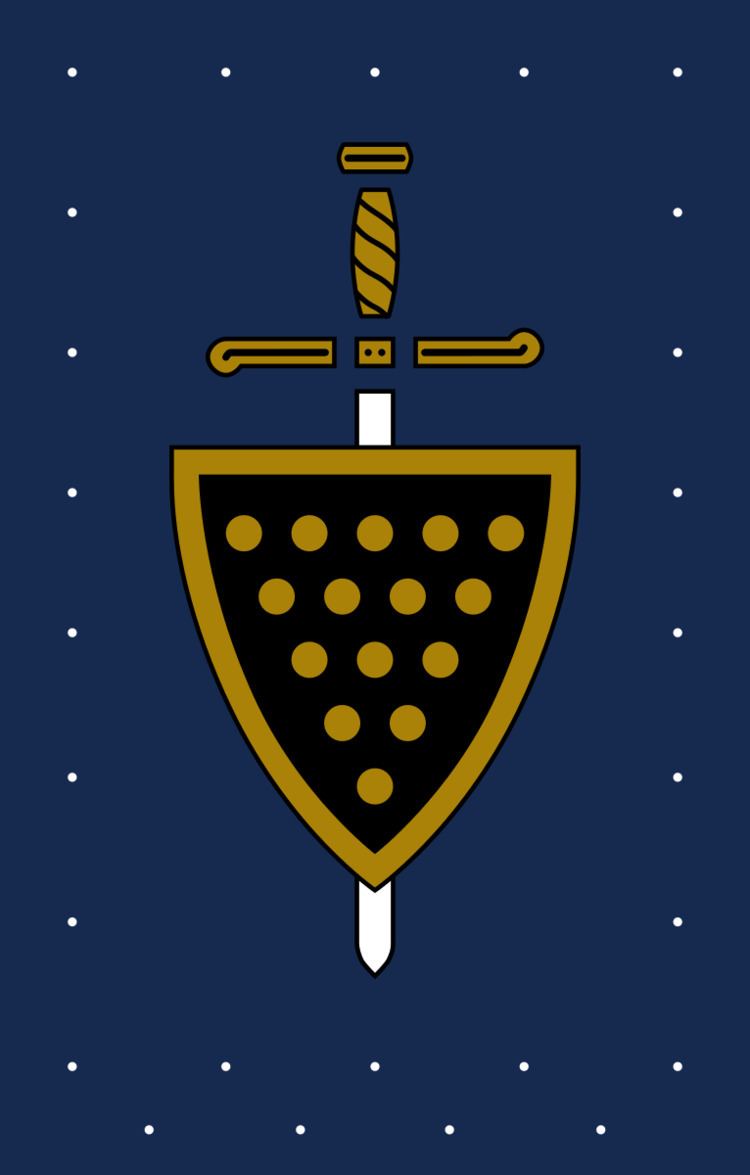203rd Infantry Brigade was a Home Defence formation of the British Army during World War II.
The brigade was formed (as 203rd Independent Infantry Brigade (Home)) for service in the United Kingdom on 11 October 1940 by No 3 Infantry Training Group in the South West Area (later Devon and Cornwall County Division of Southern Command).
The composition of 203rd Brigade was as follows:
As part of the Devon and Cornwall County Division11th Battalion, West Yorkshire Regiment (until 14 July 1941)7th Battalion, East Yorkshire Regiment (until 18 July 1941)8th Battalion, Bedfordshire and Hertfordshire Regiment (until 19 June 1941)6th Battalion, Duke of Cornwall's Light Infantry (until 30 June 1941)8th Battalion, Duke of Wellington's Regiment (until 10 November 1941, re-roled as 145th Regiment Royal Armoured Corps)12th Battalion, Devonshire Regiment (19 July 1941–1 December 1941)9th Battalion, Buffs (Royal East Kent Regiment) (16 August–23 November 1941)As part of 77th Division12th Battalion, Devonshire Regiment (1 December 1941–8 September 1942)10th Battalion, Loyal Regiment (North Lancashire) (25 November 1941–27 May 1942)9th Battalion, Essex Regiment (23 November 1941–17 September 1942)11th Battalion, Hampshire Regiment (10–23 September 1942)2nd Battalion, Loyal Regiment (North Lancashire) (28 May–15 September 1942)2nd Battalion, East Surrey Regiment (15 September 1942–3 January 1943)10th Battalion, Royal Sussex Regiment (18 September 1942–24 October 1943)15th Battalion, Queen's Royal Regiment (West Surrey) (28 September 1942–24 October 1943)8th Battalion, Devonshire Regiment (4 January–2 November 1943)11th Battalion, South Staffordshire Regiment (16 October–14 November 1943)11th Battalion, York and Lancaster Regiment (17 November 1943–24 July 1944)9th Battalion, Seaforth Highlanders (17 November 1943–22 July 1944)As part of 45th Division (renamed as the 134th Infantry Brigade)7th Battalion, Royal Ulster Rifles (from 15 November 1943)11th Battalion, Argyll and Sutherland Highlanders (from 23 July 1944)2/6th Battalion, Lancashire Fusiliers (from 25 July 1944)14th Battalion, Durham Light Infantry (from 15 November 1944)Commanders
Brigadier G.E.M. Whittuck ( until 16 August 1941)Brigadier G.H. Gilmore (16 August 1941–1 August 1944)Brigadier J.H. Hogshaw (from 1 August 1944)203rd Independent Infantry Brigade (Home) served in SW Area/Devon and Cornwall County Division until 1 December 1942, when the County Division was renamed 77th Infantry Division and the brigade was redesignated 203rd Infantry Brigade. On 1 September 1944, 77th Division was disbanded and its personnel reformed as 45th (Holding) Division. At the same time 203rd Brigade was redesignated 134th Infantry Brigade. All of these formations remained in the United Kingdom throughout the war.

